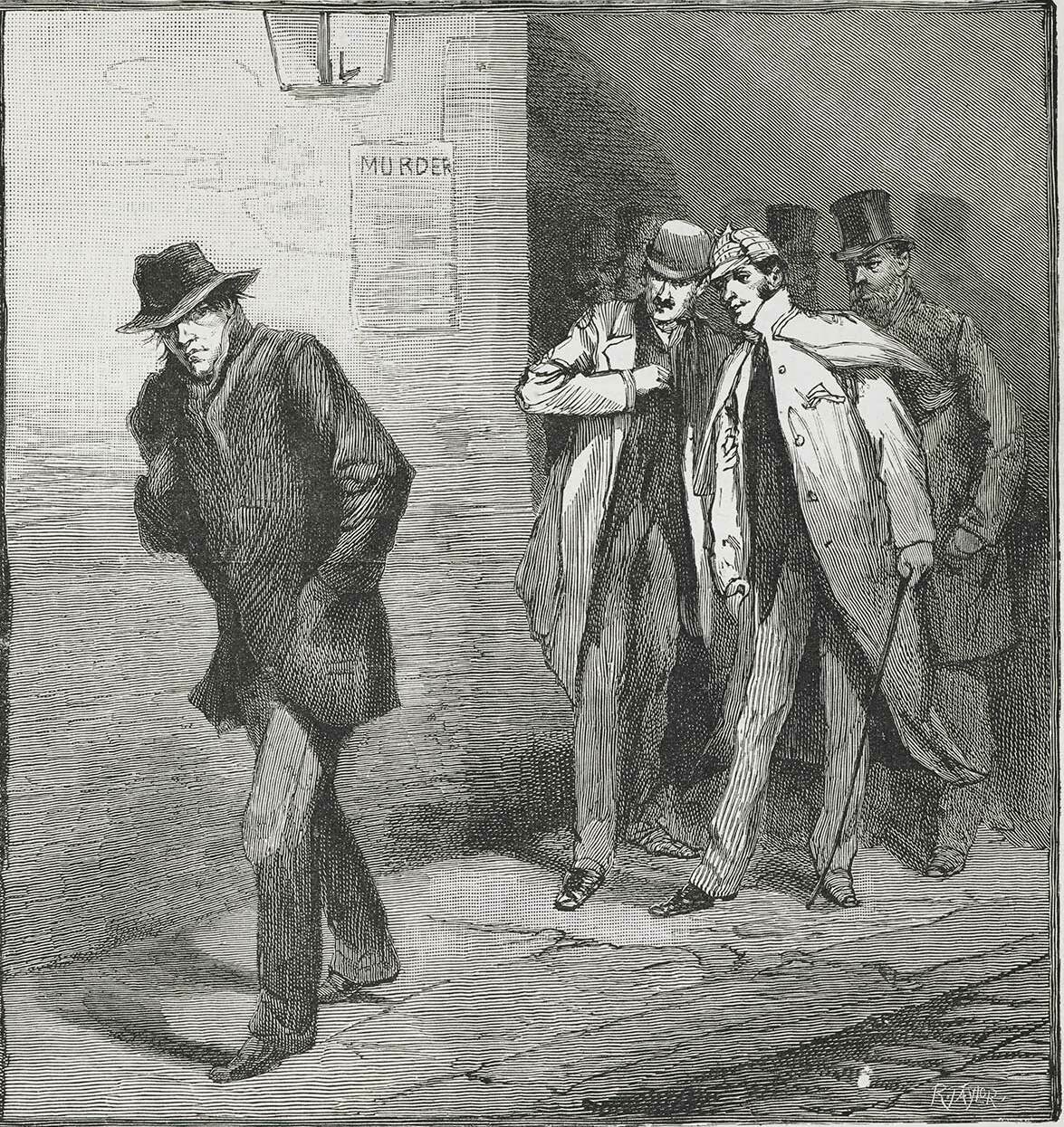Chapter Five: The Notorious Jack the Ripper

London, 1888
In honor of Spooky Month, I thought it would be a fun idea to focus less on traditional historical events and more on some true, gritty mysteries for a few weeks. The kind of disturbing, unsettling, yet still very perplexing kind. What better place to start than one of the most infamous serial killers of all time? My good friend Jack actually kind of inspired the idea for this blog in general. I like to watch a lot of true crime type shows, but the historical ones tend to fascinate me the most; it’s been decades, sometimes even centuries, and we still can’t figure out who dunnit. And we probably never will. That’s simultaneously cool and incredibly frustrating.
So. Jack the Ripper.
Let’s go back in time to the late 19th century. London was kind of a yucky place during that time – to be fair, so were a lot of urban environments – but it notably was booming with industry and thus lots of immigrants and workers. But with lots of people, many of them poor or underprivileged, comes lots of violence and crime. It was also a time of crime against women. That’s important. I know I harp on and on about women in almost every post I write, but it really is relevant to the story here. Prostitution was legal in London, but women who worked in brothels or other similar establishments were seen as the lowest of the low – therefore, any violence against them wasn’t really that uncommon. Like, ‘if you run into someone you dislike in the hall and you recognize that it was unfortunate but like, Jonathan’s kind of a jerk anyway so it’s not gonna keep you up at night’ kind of ordeal.
Jack kind of had that mentality too, it seems. But instead of casually bumping into someone, or even just simply killing them, he had to go all out – disemboweling his victims, taking their organs, and overall brutally butchering them with a cold and calculated hand. Guy was a psychopath without a doubt.
Throughout August and part of September of 1888, the Whitechapel (a district in London) butcher, as he was called, terrorized the east side of London. Five victims are all directly linked to this man, who didn’t acquire the name “Jack the Ripper” until a bit later (read on!). Every victim was a prostitute, and every victim was murdered almost systematically – that is, they were killed in ways that suggested that the murderer was familiar enough with human anatomy to not just start hacking with a knife. This observation has led to a lot of speculation about the profession of the killer – seemingly some sort of educated medical or other related professional. All the murders took place within a mere mile of each other.
But it was not over yet. During and following the murder spree, several letters were sent to local police, allegedly from the killer himself. In these letters, the killer taunted law enforcement, speculating about murders to come and making light of those already committed. The signature of these letters is where the name “Jack the Ripper” comes from. This dude came up with a nickname for himself – that’s how unashamed he was of his actions. It seemed his goal was not just to kill, but to humiliate both his victims and the terrified public that surrounded them.
The murders abruptly stopped later in the fall without an explanation. There are numerous speculations, dependent on who you believe the culprit to be, about why this might be – but I’m not going to go over each and every suspect. Since this case is over 100 years old, people have had a lot of time to sit and speculate. The truth is that, because of the time period, there isn’t much more than circumstantial evidence and guessing to go off of.
But, to give you some semblance of hope and justice in this horrific case, there does seem to be a leading suspect. Blood and semen found on the shawl of one of the victims was tested earlier this year and linked to a Polish man named Aaron Kosminski, who was apparently a suspect during the time of the initial investigation. Is this sole piece of physical evidence enough to demonstrate his guilt? It’s hard to say. But I can say with relative confidence that we will likely never know the full story of the man behind the letters.
For further reading: https://www.biography.com/crime-figure/jack-the-ripper
More spooky time to come next week!

 15th Century B.C.E.
15th Century B.C.E. July, 1518 ~ Strasbourg, Holy Roman Empire
July, 1518 ~ Strasbourg, Holy Roman Empire

 Colonists gather around the baptism of the first English person born in America, Virginia Dare
Colonists gather around the baptism of the first English person born in America, Virginia Dare